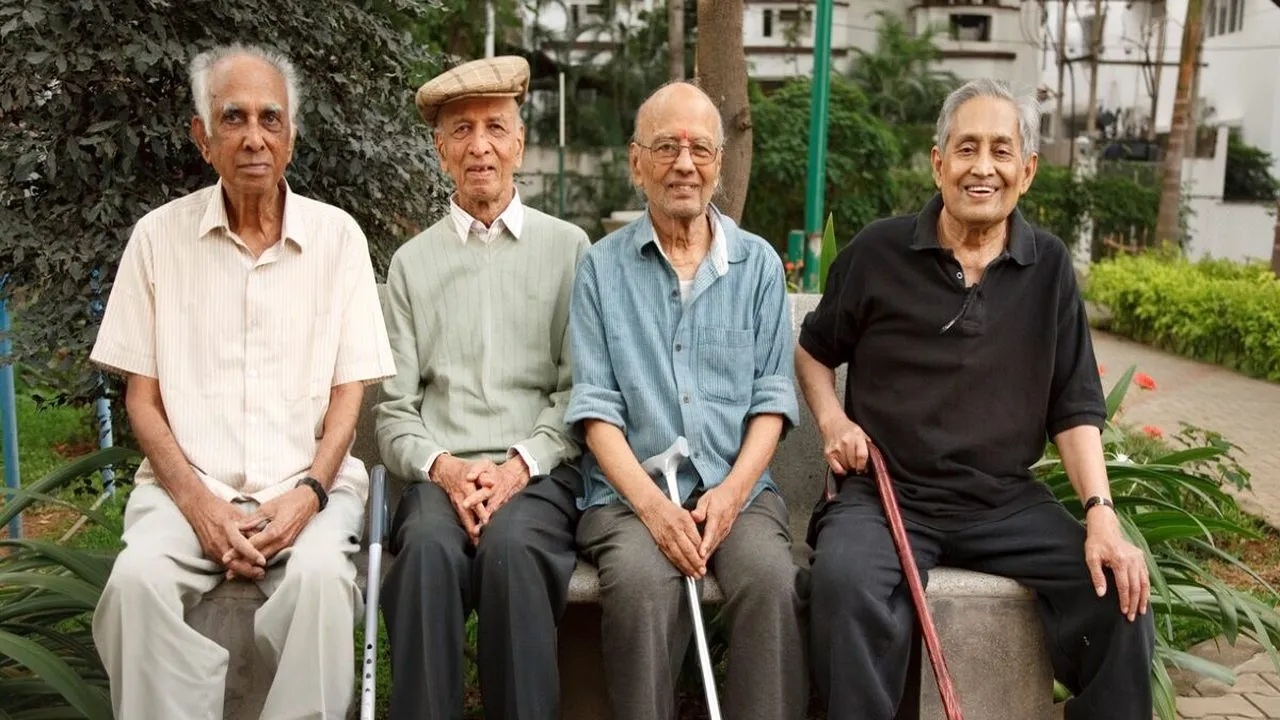Published Nov 18, 2025 | 7:05 AM ⚊ Updated Nov 18, 2025 | 7:05 AM

National Housing Bank introduced a reverse mortgage scheme for senior citizens in India in 2008-09, which can prove to be a lifeline. (Representational image/iStock)
Synopsis: A reverse mortgage loan is not free money. It is borrowed money with interest and a certain processing fee. The homeowners will eventually have to pay back the loan. Or, the responsibility falls on the legal heirs interested in retaining the property if the actual owners are no longer alive.
Recently, a senior couple in our family moved from a palatial bungalow to a modest apartment in a gated community designed for senior citizens.
Having served in top positions and accustomed to a lavish lifestyle, it was a tough decision for them to shift to a smaller home with the amenities. They decided after prolonged discussions with their children abroad.
Money was not an issue as they had enough retirement benefits. However, there were problems: inability to maintain the house, unavailability of manpower and care when required, quick medical facilities, and unavailability of housemaids, to name a few.
But ageing brings along many more things together with the retirement funds — health issues, financial insecurity, meagre funds for medical expenses, etc. Lucky are those who have saved enough money and got a bag of retirement benefits and a pension.
What about those who have served their lifetime in jobs that did not give them either a pension or the benefits for a secure life?
Thanks to the Indian culture, an own house is always in our dream. This aspiration definitely serves as a lifeline to the senior citizens by removing most of the post-retirement odds.
Yes, we are referring to a boon called the reverse mortgage plan offered by most financial institutions. This product allows us to explore and monetise our home equity. The monetary value of a home is known only when it is put up for sale. Increased life expectancy, coupled with the high cost of living, makes it difficult for the retired employees to make ends meet.
National Housing Bank introduced a reverse mortgage scheme for senior citizens in India in 2008-09, which can prove to be a lifeline. A reverse mortgage is exactly the opposite of a regular mortgage loan.
In a regular loan, we pay EMIs to the financial institution for buying a house. In a reverse mortgage, the financial institution pays a regular amount to the applicant over the period of the mortgage and the house is transferred to the bank after the loan period is over, based on certain conditions.
Conditions to be fulfilled for a reverse mortgage:
While the loan amount depends on the prevailing market value of the property, we can be sanctioned 80% of the value as the financial institutions keep a margin of 20%. The disbursement is made according to the applicant’s choice, as receiving a lump sum amount or periodic funding ranging to an agreed number of years.
Nonetheless, let’s not forget that a reverse mortgage loan is not free money. It is borrowed money with interest and a certain processing fee. The homeowners will eventually have to pay back the loan. Or, the responsibility falls on the legal heirs interested in retaining the property if the actual owners are no longer alive.
The property remains in the possession of the applicant, and they need not even pay any amount during their lifetime. The amount will be recovered by the financial institution only after the borrower decides to sell it, move permanently to his children’s home or abroad or on his demise.
In case the applicant of the reverse mortgage is no more, the spouse can reside in the house and get further instalments. The loan becomes due only after the death of the last surviving spouse.
What if you outlive the mortgage tenure of 20 years? In such cases, the financial institution still extends the payment of instalments along with the allowance to continue to live in the house.
Once the tenure is over, the legal heir will have an option to repay the loan with the accumulated interest if willing to retain the house as a sentimental value. Otherwise, the bank will have the right to sell the house and recover the amount.
Any amount realised over and above the loan amount owing to the increase in the market value will be handed over to the legal heir.
However, the borrower can exercise the option of prepaying the loan anytime during their tenure. The funds obtained by the borrower are absolutely non-taxable, and this makes the reverse mortgage an attractive option.
But why is it still not popular in India?
The penetration of this product is gradually increasing since its inception, still there is still a great market potential to be tapped. It still continues to be low compared to major economies. The reasons for the product not taking off are:
A reverse mortgage can be a potential tool that could lead to a win-win situation for the applicant and the financial institution.
The dynamics of our demographics are rapidly changing with increasing lifespan and a growing ageing population. Hence, the banks must work towards creating awareness and simplifying the procedures in order to reap the benefits that come with the changing scenario.
(Views are personal. Edited by Majnu Babu).
